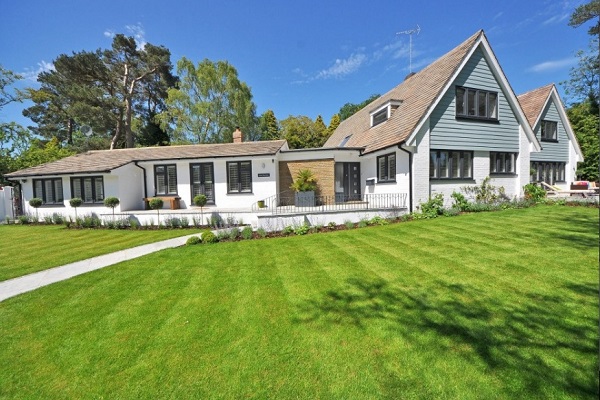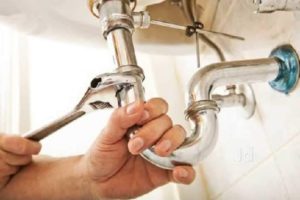Sydney, the state capital of New South Wales, has beautiful historical buildings like the Sydney Town Hall, Queen Victoria Building, and Susannah Place.
Since the 1800s, there were also a lot of residential homes built. Unfortunately, there was widespread use of asbestos in building materials.
In New South Wales alone, around 52% of houses used asbestos cement from the Second World War until 1954. Asbestos usage steadily declined until the 1980s. However, the government banned asbestos only in December 2003 for its health risks.
If you have suspicions of asbestos in your home, then you need to find a service that does asbestos testing and removal in Sydney.
Your home may be at risk
Asbestos exists in building materials like corrugated roofing, guttering, downpipes, asbestos-insulated wiring, domestic heaters, and cement.
If a building is in good condition, the presence of asbestos is not yet dangerous. However, the release of asbestos happens upon breakage or disturbance of the building materials. Asbestos exposure results in severe lung diseases like asbestosis, mesothelioma, and cancer.
Because of the alarming number of patients, the Concord Hospital in Sydney dedicated itself to the research of diseases caused by asbestos.
On December 31, 2003, the Australian government banned the manufacturing and use of asbestos. However, the public must be aware that for homes built before December 2003, there is a high probability of asbestos used in its construction.
Since asbestos is not visible, the only way to ensure an asbestos-free home is by consulting companies that specialize in asbestos testing and removal Sydney.
Asbestos-related cases are alarming
According to the Australian Institute of Health and Welfare, there were more than 700 Australians diagnosed with mesothelioma in 2017 – an equivalent of two cases diagnosed daily. The Australian Mesothelioma Registry (AMR), funded and managed by the Cancer Institute of New South Wales, is taking the situation very seriously.
Based on statistics from Safe Work Australia, asbestosis was the cause of 125 deaths for the year 2011. Likewise, various kinds of cancer – lung, laryngeal, and ovarian – are linked to asbestos exposure.
As private citizens, it is everyone’s responsibility to screen their homes for asbestos testing and removal.
Strict testing of asbestos
The presence of asbestos is confirmed only by stringent laboratory testing.
Companies that offer services in asbestos testing and removal in Sydney need to comply with the Australian Standard AS 4964 method.
Laboratories that are accredited by the National Association of Testing (NATA) handle testing of bulk samples. For the list of certified facilities in New South Wales’ capital Sydney, check the NATA list.
In their collection of samples, experts should minimize the incidence of airborne dust, for the possibility of containing asbestos.
There are two main categories of asbestos – serpentine and amphibole.
- Serpentine, also known as white asbestos, is commonly found in roofs, walls, and floors.
- Amphibole is also called blue asbestos. Although less common, this kind is more dangerous because if its sharpness and ease of inhalation.
If your home is tested positive for asbestos, removal of the material is urgent. Due to the critical removal process, the New South Wales government encourages the public to engage the services of a Safework-licensed asbestos removal expert.
Conclusion
If you are currently residing or are planning to renovate a home built with potential asbestos materials, consult experts in asbestos testing and removal immediately.
It is also best to schedule a post-removal inspection to ensure that your home is 100% free of asbestos.
Note: Article is written and published by Sarah Williams.



